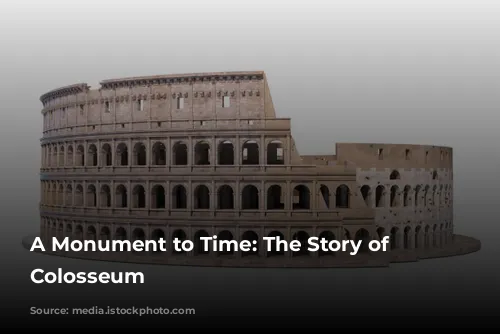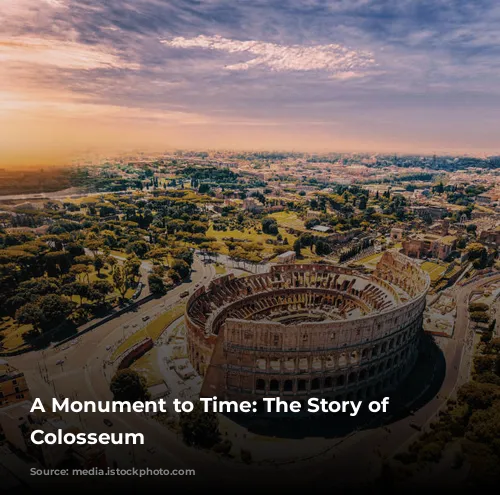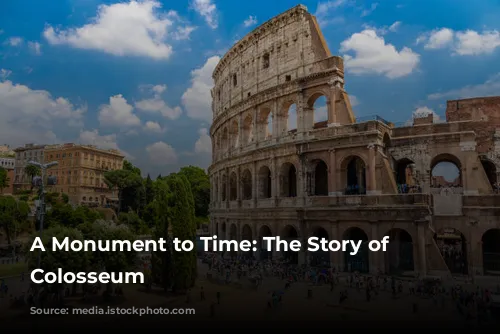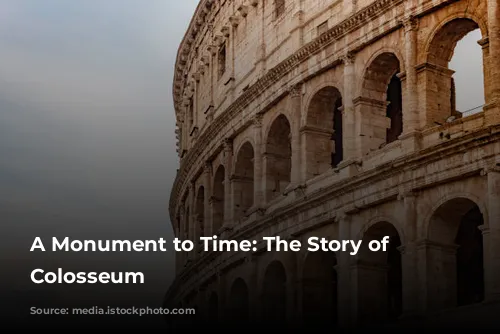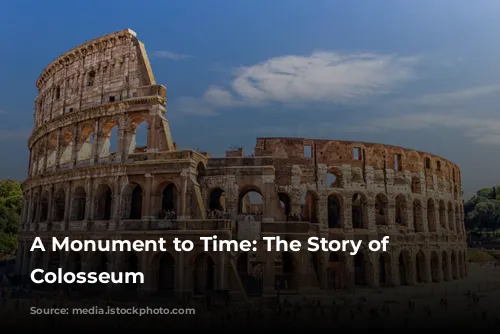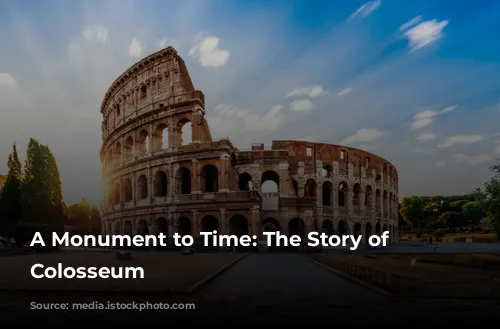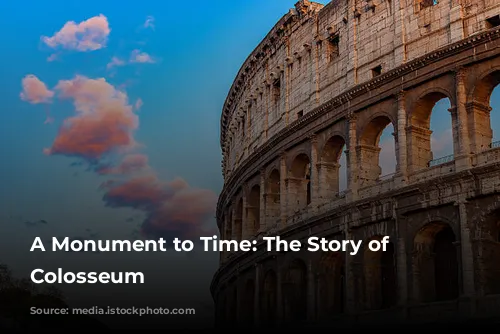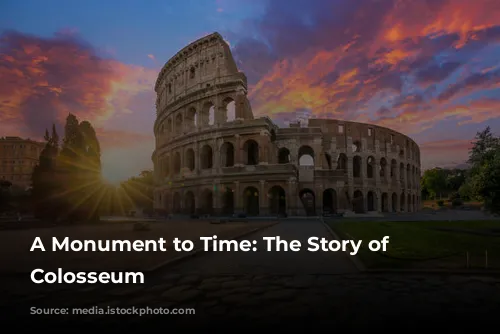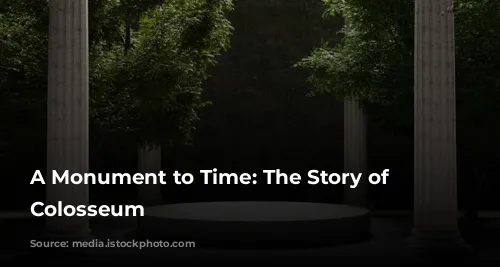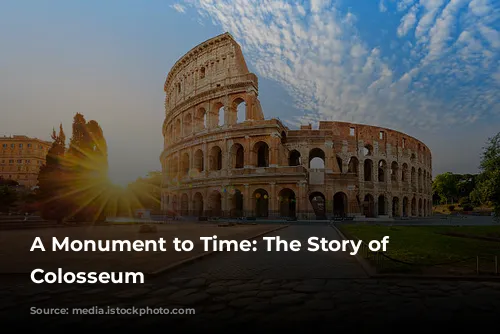The Colosseum, a colossal structure that stands as a testament to Roman power and ingenuity, has witnessed centuries of change. From its beginnings as a gladiatorial arena to its present status as a beloved tourist attraction, the Colosseum’s story is a captivating journey through time.
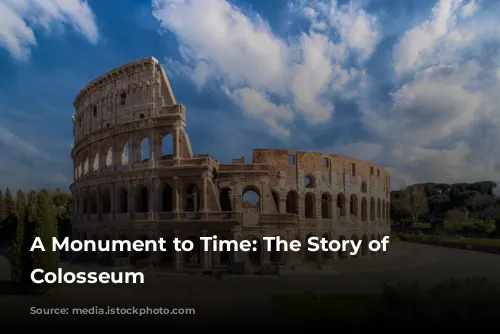
A Monument to Roman Power
The Colosseum, originally known as the Flavian Amphitheater, was a symbol of the Roman Empire’s might. Constructed under the reign of Emperor Vespasian, it was a gift to the Roman people, meant to soothe their anger after the tumultuous reign of Emperor Nero. Vespasian’s son, Titus, officially inaugurated the arena with 100 days of games, cementing its place as a center of entertainment and spectacle.
The Colosseum’s reputation for grandeur was further solidified under Titus’s brother and successor, Domitian, who oversaw the completion of the construction in 83 AD. The arena hosted gladiatorial combats that captivated the Roman populace, as well as staged hunts featuring wild beasts. It is estimated that up to 400,000 people perished within its walls, along with over a million animals.

A Shifting Legacy
As the Roman Empire declined, so too did the Colosseum’s role as a center of entertainment. The arena was no longer used for its original purpose and eventually fell into disrepair. Its vast spaces were repurposed; the arena floor served as a cemetery, while the vaulted spaces beneath the seating were converted into homes and workshops.
The Frangipani family, a powerful Roman clan, took over the building, transforming it into a fortified castle. The structure endured further damage, including a devastating earthquake that caused a section of its outer walls to collapse. The Colosseum became a source of building materials, with its stone and iron being used to construct other structures in Rome. Even Saint Peter’s Basilica boasts marble taken from the Colosseum’s once-magnificent façade.
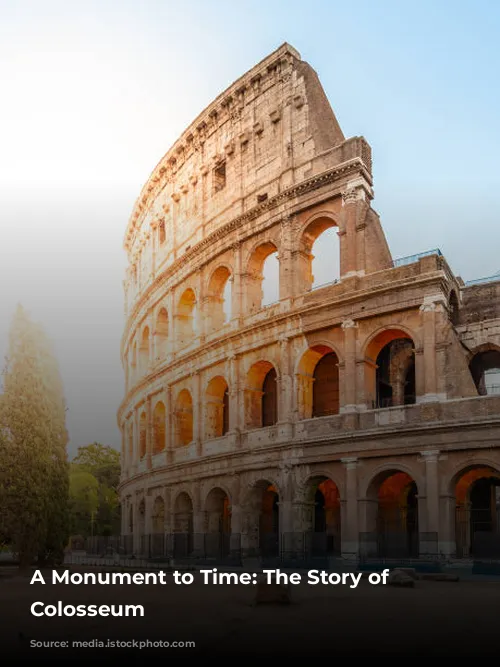
A Second Life
After centuries of neglect, the Colosseum was granted a reprieve. Pope Benedict XIV declared the building a sacred space, believing that the blood of Christian martyrs spilled in the arena made it holy, though historical evidence for this claim is scarce.
Subsequent restorations by various Popes, governments, and the city of Rome have helped preserve the Colosseum’s legacy. A major restoration project in the 20th century cleaned the building’s façade, removing layers of grime and soot accumulated over centuries.
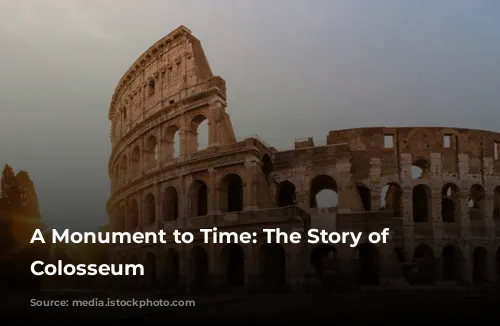
A Global Icon
Today, the Colosseum stands as a symbol of Roman history and a testament to the enduring power of human creativity. It draws over 7 million visitors each year, making it the most visited tourist attraction in Italy and one of the most iconic buildings in the world. This ancient structure, nearly 2000 years old, continues to captivate and inspire, reminding us of the grandeur and legacy of the Roman Empire.
